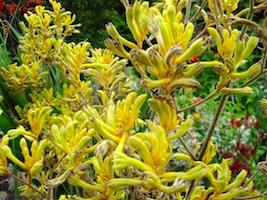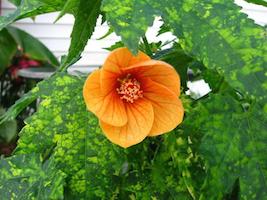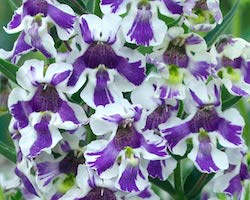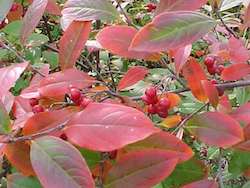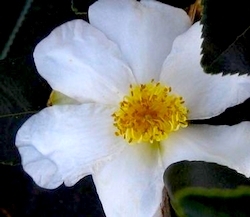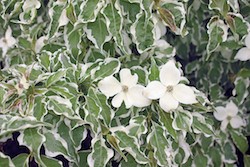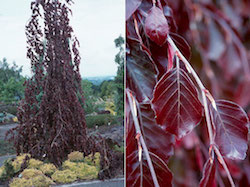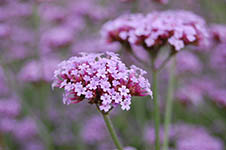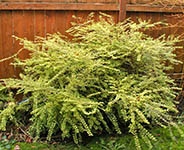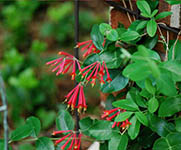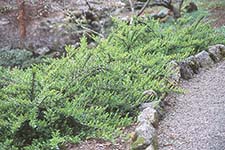Anigozanthos is an Australian plant, commonly called Kangaroo Paws. It will bloom in a container or in the garden from Spring into Fall. The flowers are brightly colored in shades of red, orange and yellow, tubular in shape with strap-like foliage. Cutting back the flowers regularly increases the flower display. This is a plant for sunshine and if planted in a container needs well-draining soil. They can be grown indoors as house plants and require bright light, well-draining soil and weekly fertilization. This is a pretty new plant on the gardening scene but it is charming in a container attracting hummingbirds and butterflies. If you like plants that say “touch me” you will like their velvety texture,too.
A is also for Abutilon which is a great plant for a shady container. My current favorite is A. Biltmore Ballgown. This is an heirloom plant from the Biltmore Estate in Asheville, North Carolina. Its tubular yellow flowers with red-striped veining seem to swirl and sway from its deep green foliage like dancers at a ball. Growing 2 to 4 feet high, it requires frequent feeding, well draining soil and only morning sun. Another favorite is Abutilon thompsonii (shown at left) which has a compact, dense habit that is suitable for making a topiary standard. It has mottled leaves of yellow and green with bright orange flowers. Abutilons can be wintered over as house plants quite easily.
Agastache Grape Nectar provides constantly blooming spikes of lavender flowers throughout the summer until frost. Although not hardy in our zone, Grape Nectar makes an excellent annual for the border or a container. It needs excellent drainage and sunlight to perform well.
No border or container is complete without long-blooming Angelonias that have Salvia-like flower spikes in shades of purple, white or pink. The fragrant flowers are easy to grow in containers or borders and grow to a height of 2 feet. A. Purple Stripe (at right), a pristine white with deep purple splotches, is a compact, floriferous grower. A. Zebra is a pink and purple bi-color that mixes well with other sun-loving annuals.
A is for annuals that add three to four months of color in beds or containers. Add some to your garden this year.
==Sue Acheson
